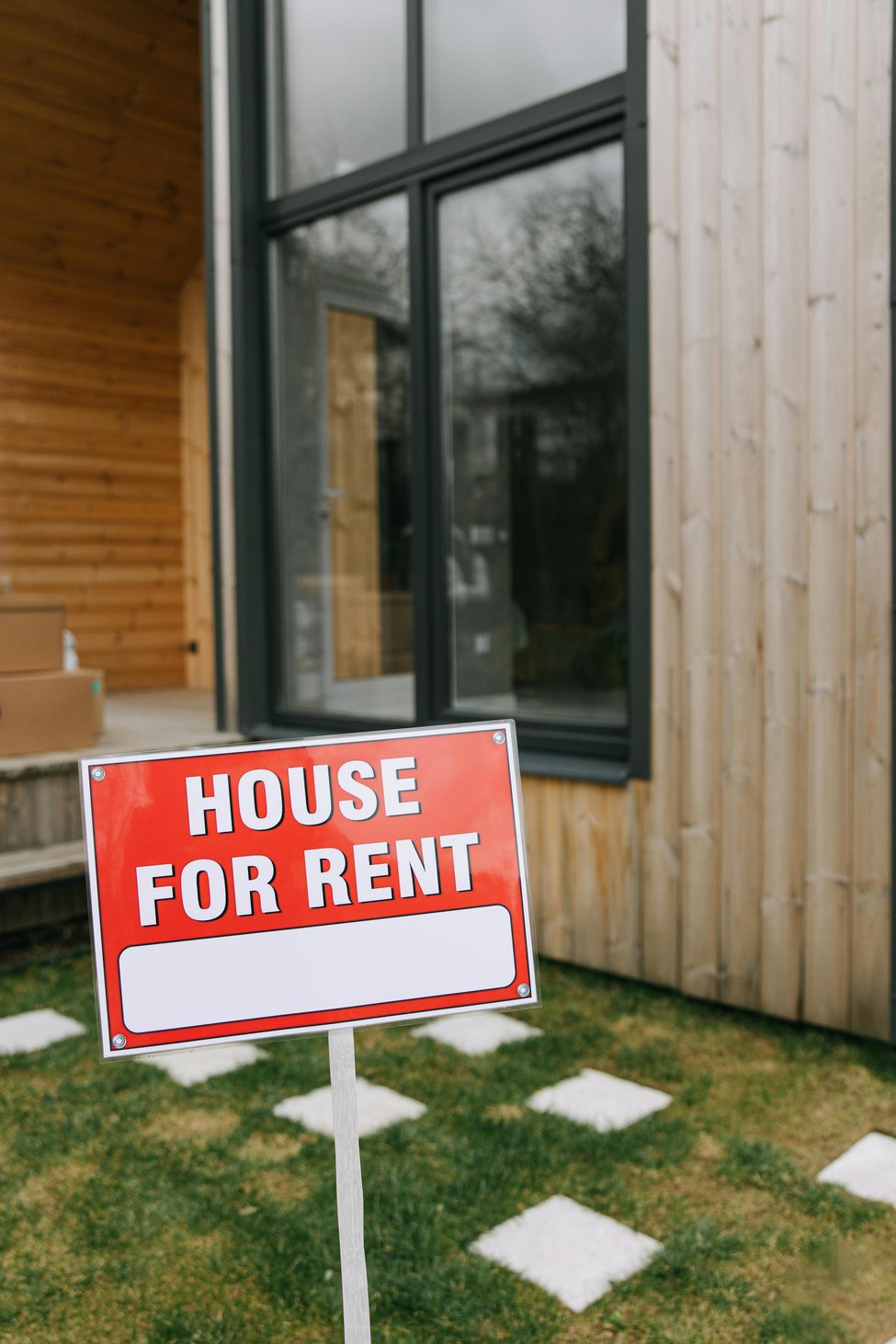When you buy a house in Canada that has a lease in place, you are essentially acquiring the property subject to the existing lease agreement. Here’s a breakdown of what happens and the key factors to consider:
1. The Lease Stays in Effect
- Tenant Rights: Under provincial and territorial laws, tenants’ rights are typically protected. This means the lease agreement remains valid even if the ownership of the property changes. The new owner (you) takes over the role of the landlord.
- Fixed-Term Leases: If the tenant has a fixed-term lease (e.g., a one-year lease), the lease continues until its natural end date, unless the tenant agrees to terminate early or breaches the lease terms.
- Month-to-Month Agreements: If the lease is on a month-to-month basis, you as the new owner can issue a notice to terminate the tenancy in accordance with provincial laws (e.g., notice period requirements).
2. Legal Obligations Transfer to You
- You inherit the responsibilities of the previous landlord. This includes:
- Collecting rent.
- Addressing maintenance issues.
- Respecting the terms of the lease agreement.
3. Notices and Terminations
- In most provinces, you cannot terminate a lease simply because you want to occupy the home. However:
- Owner Move-In: If you or an immediate family member plans to move into the property, you may be able to terminate the lease, but you'll need to follow specific rules. For example, in Ontario, this requires a minimum 60-day notice and compensation (e.g., one month’s rent).
- Provincial Variations: Rules differ by province, so check local tenancy laws (e.g., Residential Tenancies Act in Ontario, Residential Tenancy Act in British Columbia).
4. Financial Considerations
- Rent Amount: The rent amount cannot typically be changed during the existing lease term. Rent increases are regulated and usually require advance notice and adherence to provincial guidelines.
- Security Deposits: Any deposits held by the previous landlord should be transferred to you, as you’re now responsible for refunding them at the end of the tenancy (if applicable).
5. Due Diligence Before Purchase
- Review the Lease: Carefully examine the lease agreement to understand:
- Rent amount and payment schedule.
- Lease duration and renewal terms.
- Any clauses that may affect your ownership or plans for the property.
- Tenant History: Investigate the tenant's payment history and relationship with the previous landlord to identify potential challenges.
- Local Laws: Familiarize yourself with tenancy laws in the province where the property is located to understand your rights and obligations as a landlord.
6. Options for Buyers
- Negotiate Tenant Move-Out: You can negotiate with the tenant to vacate the property early (e.g., offering compensation). This is often referred to as "cash for keys."
- Accept Tenants: If the tenant intends to stay, you’ll need to work with them and fulfill your obligations as the new landlord.
Summary:
When buying a house with a lease in Canada, the lease remains valid, and you assume the role of the landlord. Understand your rights and obligations, comply with tenancy laws, and make informed decisions about whether to keep the tenant or negotiate their move-out. Consulting a real estate lawyer or property management professional can help ensure a smooth transition.

